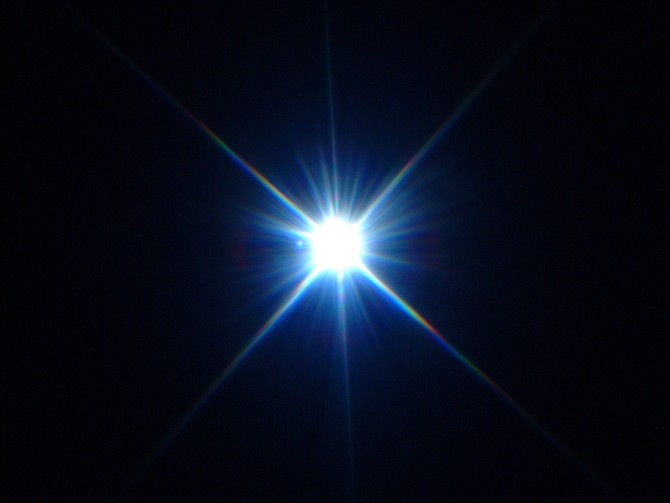CMC astronomy and physics professor Jimmy Westlake “Celestial News” column appears weekly in the Steamboat Today newspaper. Reprinted below is is his column from Tuesday, February 9, 2016.

There are 6,000 or so stars visible to the naked eye under ideal conditions, but only one can claim the title of “The Brightest Star.” That title belongs to Sirius, the famous Dog Star of legend and lore.
Sirius is the alpha star in our winter constellation of Canis Major, the Big Dog. It marks the twinkly nose of Orion’s larger hunting companion.
Identifying which star is Sirius is a snap. Go outside in the early evening and look high up in the southeastern sky. There you’ll find the familiar three stars of Orion’s Belt. Trace a line through the three stars of Orion’s Belt downward to the lower left, and you will come to a dazzling white diamond of a star. That’s Sirius, the Dog Star.
irius got its name from the ancient Greek word “seirios,” which means, “scorching.” On a dark winter night, it is not unusual to see faint flickering shadows cast upon the snow by the light of Sirius. It is twice as bright as the next brightest star in the sky, Canopus, which is too far south to see from northwest Colorado..
Of course, a star as brilliant as Sirius captured the attention of ancient sky watchers, too. In one of our most ancient epic poems, Homer described Sirius 800 years B.C. in his Iliad:
“Sirius rises late in the dark, liquid sky
On summer nights, star of stars,
Orion’s Dog they call it, brightest
Of all, but an evil portent, bringing heat
And fevers to suffering humanity.”
People long ago believed that when the brilliance of the Dog Star, Sirius, was added to that of the daytime sun’s in the mid summer sky, the days became exceptionally hot and unbearable.
These Dog Days of summer, which officially run from July 3 to Aug. 11, were blamed on the Dog Star, but with an energy only one 10-billionth as great as the sun’s, Sirius is in no way responsible.
In 1862, during the early days of the Civil War, famed American telescope maker Alvan Clark discovered a tiny companion star orbiting Sirius. Further studies confirmed that the Dog Star’s “Pup” was a super-compressed ball of matter called a white dwarf star, the dead remains of a once larger and more luminous sun. Approximately the size of Earth, but with the mass of the sun, the Pup’s density is about 5.5 tons per teaspoonful!
Sirius and its white dwarf companion star make the fifth closest star system to our own, only 8.6 light years away. Looking back at the sun from Sirius, our star would appear only half as bright as Sirius does to us. Due to its proximity and its high luminosity, Sirius outshines every other star in the Earth’s night sky.
Step outside on the next crisp, clear February evening and behold this celestial gem.
Professor Jimmy Westlake teaches astronomy and physics at Colorado Mountain College’s Alpine Campus. His “Celestial News” column appears weekly in the Steamboat Today newspaper and his “Cosmic Moment” radio spots can be heard on local radio station KFMU. Check out Jimmy’s astrophotography website at www.jwestlake.com.
